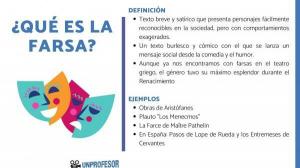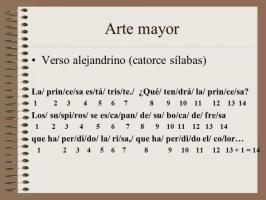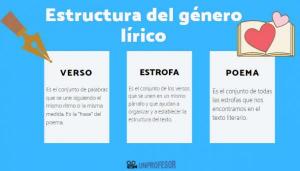Types of narrators and their characteristics

Within a story the narrator is the character who recounts the events, facts and anecdotes that are happening throughout a text. It is one of the fundamental pieces within a story since, through its gaze, we, as readers, perceive and interpret the narrative. In other words, the narrator is the link between the action described by the author of the book and its readers.
Not all stories are written the same. For this reason, there are different types of storytellers. Next, we show you what are the types of narrators and the main characteristics of each of them in order to learn to define and identify them.
Within the types of narrators and their characteristics, the first person is the most testimonial. This type of narrator (also called homodiegetic) is a character who is part of the story itself, which acts, thinks and reacts to the actions carried out by the rest of the characters. As another protagonist of the story, the narrator gives us his particular vision of the events, as in the following fragment with which the prologue of Lazarillo de Tormes:
- "For good I have things so marked, and perhaps never heard or seen, come to the news of many and do not bury yourself in the grave of oblivion, because it could be that someone who reads them finds something that pleases them [...]"
The first-person narrator conveys the information of the events that he himself has lived since, as we have said previously, he is one more character within the universe of the story. However, this type of narrator can also relate events that he himself has not witnessed but that another character has told him:
- "I came to Comala because they told me that my father lived here, a certain Pedro Paramo. My mother told me. And I promised her that she would come to see him as soon as she died. "
The protagonist of Juan Rulfo's novel, Pedro Paramo, The narration begins by alluding to the reason for his trip to Comala, where his father lives. However, he does not know this because he has been there and seen his father in that place but because another character (in this case, his mother) has told him.
Inside the first person narrator we can distinguish three subtypes:
Narrator as protagonist
In this case, the character who tells us the story is the protagonist himself, the main character who knows the course of the events that he narrates. Use the first person singular (me) and, generally, adopts a subjective point of view on the facts, transmitting his opinion to us about what he is telling us. This type of narrator is the most characteristic of genres such as autobiographies or the personal diary.
Narrator as witness
It is about a secondary character who is not the protagonist but who is in charge of telling the story. Like the main narrator, he often conveys his opinion throughout the narrative.
Interior monologue
This literary technique is used to introduce a deep reflection on a theme parallel to the story line of the story. Through the interior monologue, we seek to portray the deepest and most unknown thoughts of a specific character, as shown in the following example taken from the work The life is dream, by Pedro Calderón de la Barca:
- "I dream that I'm here / these prisons loaded, / and I dreamed that in another state /more flattering I saw myself. / What is life? A frenzy. / What is life? An illusion, / a shadow, a fiction, / and the greatest good is small: / that all life is a dream, / and dreams are dreams. "

We continue with the types of narrators and their characteristics introducing you to the second person narrator, one of the least recurrent throughout the history of literature. Also known as an autodiegetic narrator, he is mainly characterized by the unfolding of personality that he carries out with the aim of combining his role of narrator with that of the character of the story. You will understand it better with the following fragment of the novel Aura from Carlos Fuentes:
- "You pick up your portfolio and leave the tip. You think that another young historian, in conditions similar to yours, has already read that same ad, taken the lead, occupied the post. You try to forget as you walk around the corner. You wait for the bus, light a cigarette, silently repeat the dates you have to memorize so that those sleepy kids will respect you. "
The third person narrator or omniscient narrator (also called extradiegetic) is identified with a third person external to the evolution of the story, generally, even outside the narrative itself. This type of narrator has full knowledge of both the events that are related and the characters that intervene in them, even getting to know their thoughts and feelings, as in the following text from The Regent:
- "Ana was already ill when the catastrophe struck her. Her illness was melancholic: she felt sadness that she did not explain. The loss of her father frightened her more than it grieved her at first. She wasn't crying; she spent the day shivering with cold in a drowsiness full of crazy thoughts. "
In addition to the omniscient narrator, there is also a third-person narrator who does not make value judgments about the characters, who is known as observing storyteller, which tries to objectively tell the events, as if it were a video camera that records the events as they happened, as in the text that follows, belonging to Beehive:
- "Don Pablo spreads the newspaper on the table and reads the headlines. Over his shoulder, Pepe tries to find out. Miss Elvira gestures to the boy. "
In this other lesson from a teacher we will talk to you about the omniscient storyteller with examplesthat will help you detect this type of literary character.



